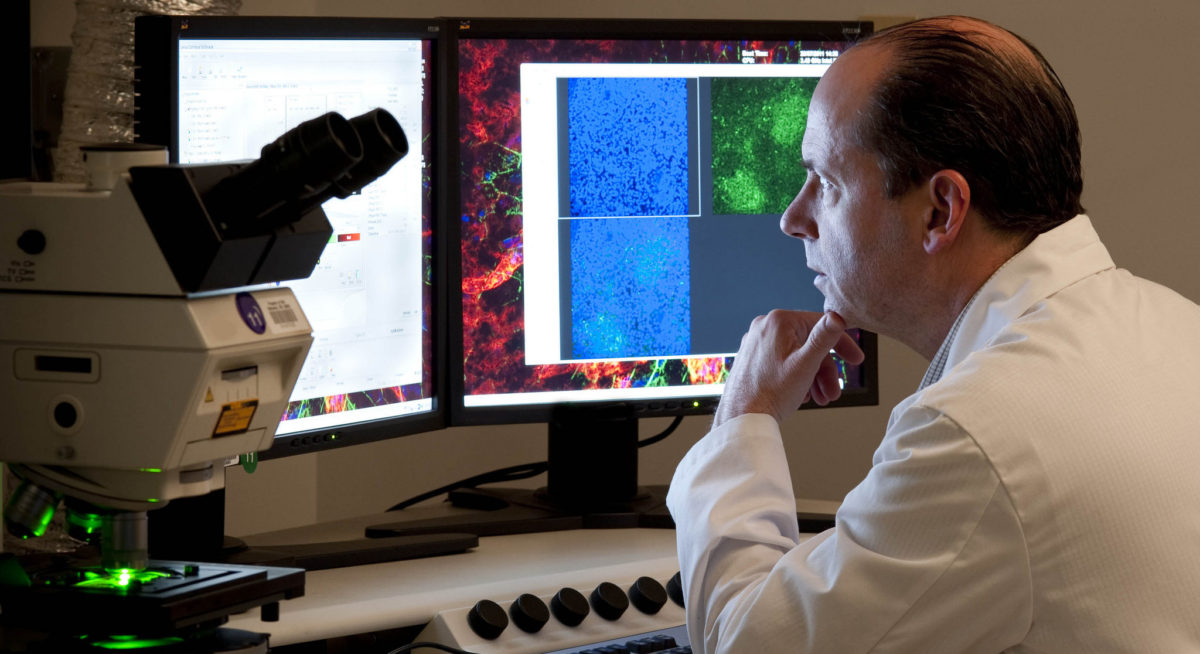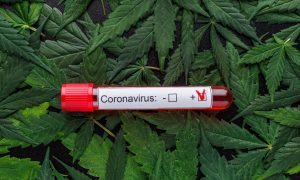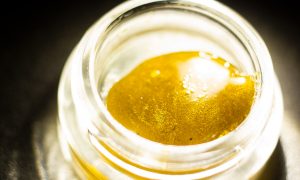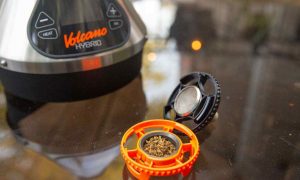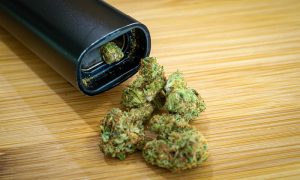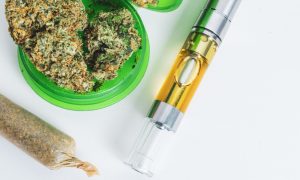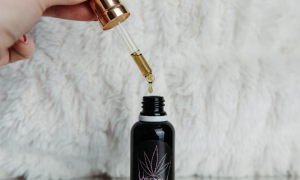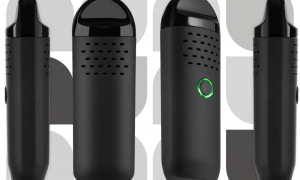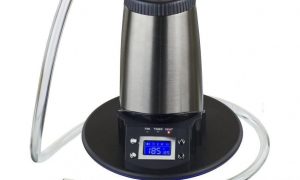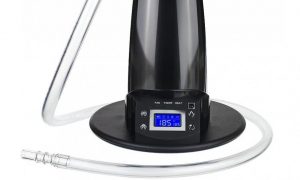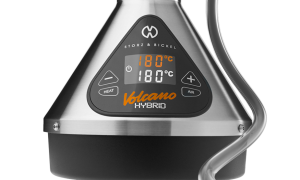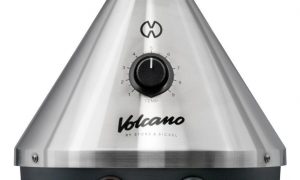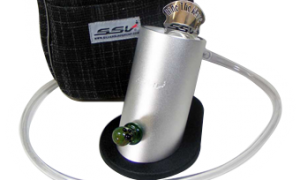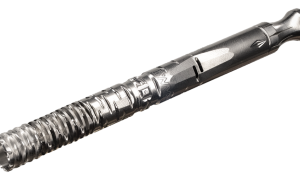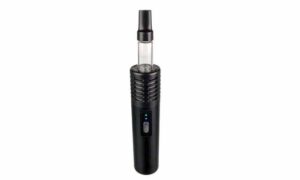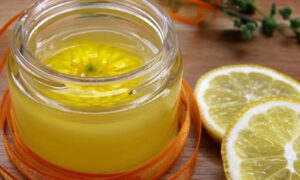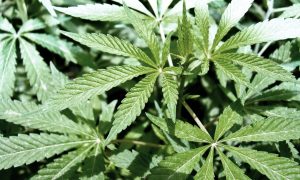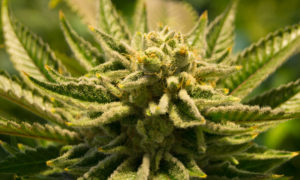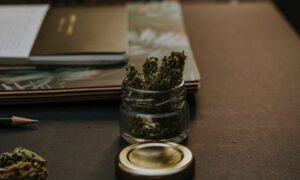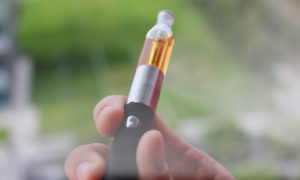Obviously with all the adjustments to cannabis laws over the last few months, we’re definitely gonna have to think about cannabis research – where are we at now, and what needs to change? Director of Plant Science at Southern Cross University Graham King takes a look at what’s going down.
The federal government will now accept licence applications for groups wanting to grow cannabis locally for scientific and medical purposes.
MORE: What do we know about cannabis’ medical benefits? Two experts explain the evidence
Cannabis remains an illegal drug in Australia for recreational use and there no plans to change that. But the reforms are part of a broader effort to enable a sustainable supply of safe medicinal cannabis products to Australian patients.
There is limited high quality evidence on how cannabis medicines may help people suffering problems such as chemotherapy-induced nausea or paediatric epilepsy. New South Wales’ upcoming medicinal cannabis trials aim to find out more about its therapeutic potential.
Against this background, plant scientists in Australia are working to understand better the chemical make up of this complex plant and the incredible variation within the species.
Many questions remain unanswered, underscoring the potential risks of black market products. The composition of these products may be unknown, or vary wildly between products or batches. They may also be laced with pesticides and heavy metals.
This lack of quality control and quality assurance is a significant public health concern, especially for vulnerable patients who may not necessarily have a medical professional helping guide their treatment choices.
One species, hundreds of strains
You may think you know what a cannabis plant looks like, but even experts are still learning about how one plant may differ from the next in its chemical profile.
The two most well-known compounds in a cannabis plant are the psychoactive tetrahydrocannabinol, or THC, and the non-psychoactive cannabidiol, or CBD. THC is the compound that delivers the “high”, while CBD is believed to have a relaxing effect. THC and CBD are part of a group of compounds that scientists call “cannabinoids”.
On the spectrum of variation, there are some plants that are high in THC and some that are high in CBD. But even for these two cannabinoids, there is much more of a continuum than most people realise.
You may read on the internet that there are two main types of cannabis – indica and sativa – and that one is more or less medically beneficial than the other. But this terminology is not backed by strong evidence.
Heavy metals, pesticides
Many existing products available on the black market may promise miraculous results without any compelling scientific evidence, regulation or product quality assurance standards. Some of the tinctures, oils or floral buds available on the black market may also be badly contaminated by pesticides, heavy metals and germs.
Some of the research underway in Australia is investigating just how variable the amounts of active ingredients may be in some of these products.
Tracing the history, mapping the present
All forms of cannabis currently growing have been domesticated at some point in the past few thousand years.
We can now use state-of-the art DNA technologies and detailed information on cannabinoid chemistry to help trace the domestication history of hemp, hempseed, recreational and now medicinal forms of cannabis.
Our research aims to map the details of the wide range of cannabinoid compositional profiles that may be found in the different cultivated forms (also known as cultivars or “strains”). We want to help create a better way of assessing the amount of CBD and other cannabinoids in different cannabis strains. We are developing tools to distinguish between different cannabis cultivars by DNA and chemical profiling.
Our researchers are working with a collection of over 200 strains of cannabis cultivars collated by the firm Ecofibre (one of our research funders and collaborators). This collection represents a large proportion of the worldwide cannabis gene pool.
How to measure the dose?
There is still no single standard way of measuring cannabinoid composition. That makes it hard to know the relative “dose” of THC or CBD or other compounds in any given plant.
There is an urgent need to develop and adopt nationally and internationally agreed standards for the benefit of all involved, be they regulators, cultivators, processors, dispensers, prescribers or patients.
Without a systematic framework it is very hard to understand how growers could cultivate cannabis with a consistent composition and yield, leading to a predicable dose. Scientists also still don’t know enough about the shelf-life of various forms of medicinal cannabis.
Our research team surveyed the available reliable and systematic scientific literature on what factors help drive variation in cannabinoid content in a plant.
We found that there is little high quality scientific evidence out there on this question, despite what you may read on the internet. Many websites make bold claims about the “evidence” on cannabis plant science but most of this material is poorly formalised or does not bear scrutiny in terms of valid statistical design.
New research to answer old questions
For cultivators and manufacturers there is a need to be able to ensure production cycles can be predictable throughout the year to meet demand. For pharmacists and prescribers there is a need to know more about a product’s shelf-life. Patients must have confidence in the consistency and traceability of product – from plant through to the processing and supply chain – and prescribers need to be able to predict with certainty what effect a product will have on a patient.
The effect that a cannabis product will have on a person is the result of complex interplay between the original plant’s genetic composition, and environmental factors during cultivation and processing.
For a medicinal cannabis cultivation and processing industry to work best, we need to understand better – in a systematic and reproducible way – the interaction between the genetic composition and the environmental factors that may determine the level of THC and CBD in a plant.
—
Graham King, Director, Southern Cross Plant Science. This article was originally published on The Conversation. Read the original article.

